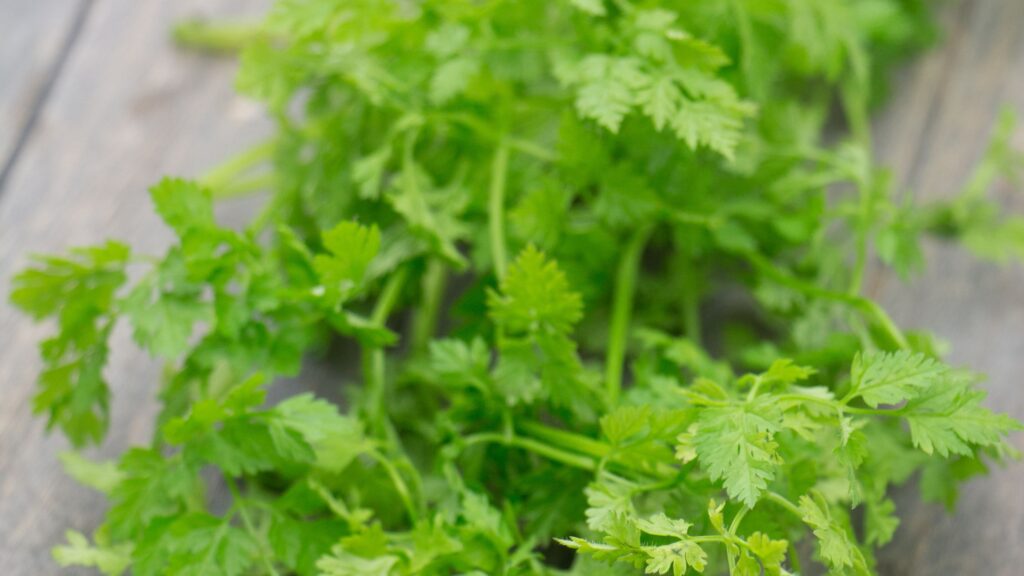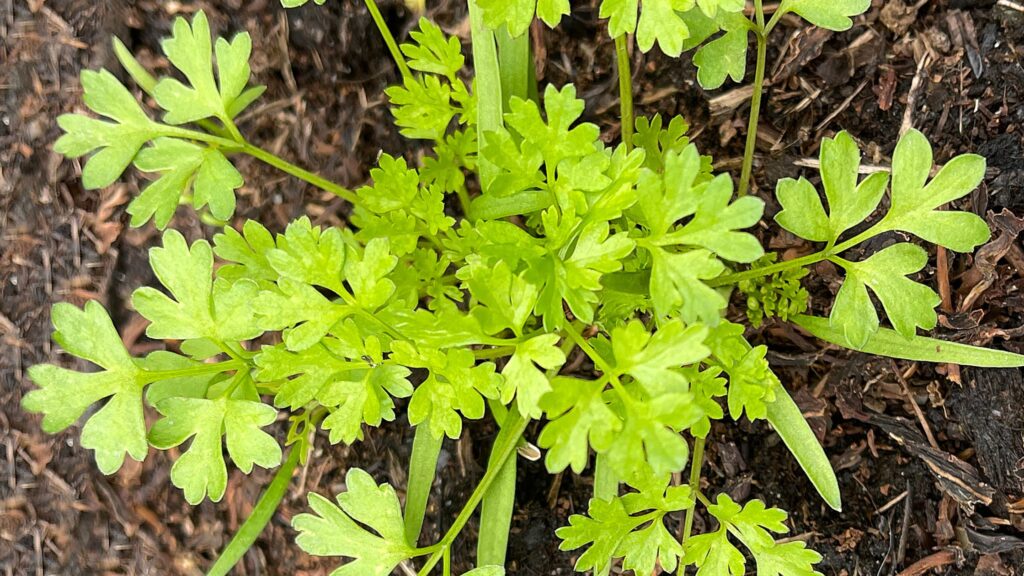In the realm of culinary herbs, chervil is often overlooked, overshadowed by its more popular cousins like parsley, basil, and dill. However, this delicate, anise-flavored herb has a unique charm that deserves attention. If you’re curious about what chervil tastes like and how to grow it, you’re in the right place. Let’s delve into the world of chervil and explore its flavor profile, growing requirements, and uses in cooking.
What Does Chervil Taste Like?

Chervil’s flavor is often described as a subtle, sweet, and slightly anise-like, with hints of licorice and a hint of bitterness. The taste is often likened to a cross between parsley and tarragon, with a more delicate, refined quality. When used fresh, chervil adds a bright, fresh flavor to dishes, while its dried form provides a more muted, herbal note.
The flavor profile of chervil makes it an excellent addition to a variety of dishes, from salads and soups to sauces and marinades. Its mild, yet distinctive taste, won’t overpower other ingredients, making it an excellent choice for delicate fish, poultry, and vegetable dishes.
How to Grow Chervil

Growing chervil is relatively easy, as it’s a hardy, cool-season crop that thrives in temperate climates. Here are some tips to get you started:
- Lighting: Chervil prefers partial shade to full sun, so choose a location that receives indirect sunlight.
- Soil: Chervil grows well in well-draining, fertile soil with a pH between 6.0 and 7.0.
- Sowing: Sow chervil seeds directly in the ground in early spring or late summer, about 1/8 inch deep and 1-2 inches apart.
- Watering: Keep the soil consistently moist, but not waterlogged, as chervil is prone to root rot.
- Harvesting: Chervil is ready to harvest in as little as 6-8 weeks. Pinch off individual leaves or stems as needed, or harvest the entire plant at once.
Tips for Growing Chervil
- Chervil is a cool-season crop, so it does well in the cooler temperatures of spring or fall.
- Chervil can be grown in containers, making it an excellent choice for small gardens or indoor herb gardens.
- Chervil is a low-maintenance herb, requiring minimal pruning and care.
Culinary Uses of Chervil
Chervil’s delicate flavor and fragrance make it an excellent addition to a variety of dishes. Here are some ideas to get you started:
- Salads: Add fresh chervil leaves to green salads, fruit salads, or grain salads for a burst of fresh flavor.
- Soups: Use chervil to add depth and complexity to soups, stews, and sauces.
- Marinades: Mix chervil with olive oil, lemon juice, and garlic for a flavorful marinade for chicken, fish, or vegetables.
- Herb butters: Combine chervil with softened butter and lemon zest for a delicious, aromatic spread.
- Tea: Steep dried chervil leaves in hot water to create a soothing, caffeine-free tea.
Preserving Chervil
To enjoy chervil year-round, preserve it through drying, freezing, or freezing. Here are some tips:
- Drying: Tie chervil stems in small bunches and hang upside down in a warm, dry place.
- Freezing: Chop fresh chervil leaves and place them in an airtight container or freezer bag.
- Infused oils: Combine chervil with olive oil in a clean glass jar, then store in a cool, dark place.
Conclusion
Chervil, with its delicate flavor and versatility, is an underappreciated herb that deserves attention. By understanding its unique taste profile and growing requirements, you can unlock the full potential of this lovely herb. Whether you’re a seasoned chef or a beginner gardener, chervil is an excellent addition to any culinary repertoire. So, go ahead, give chervil a try, and discover the delight of its subtle, anise-like flavor.




